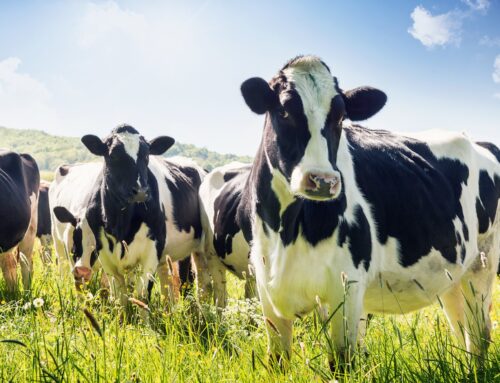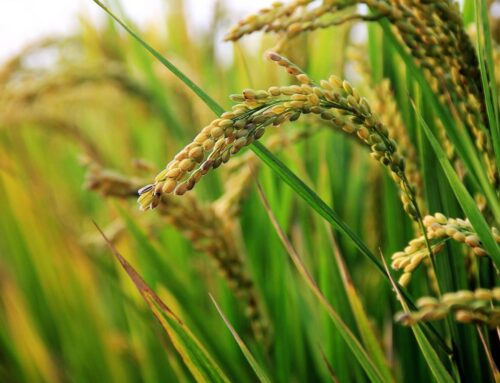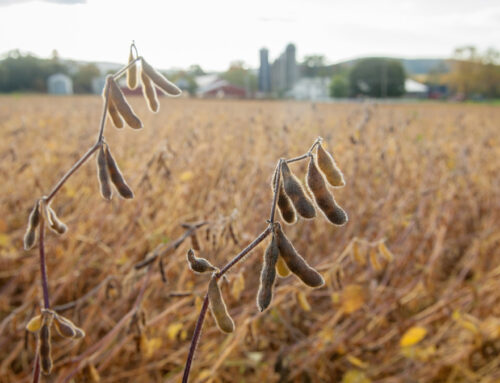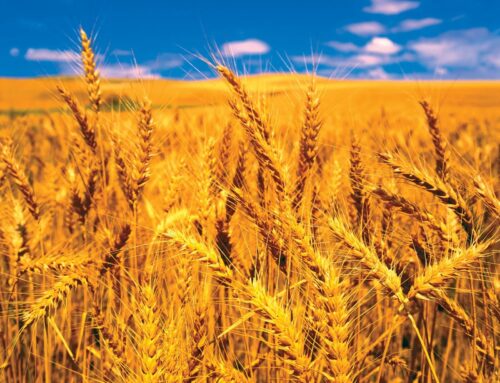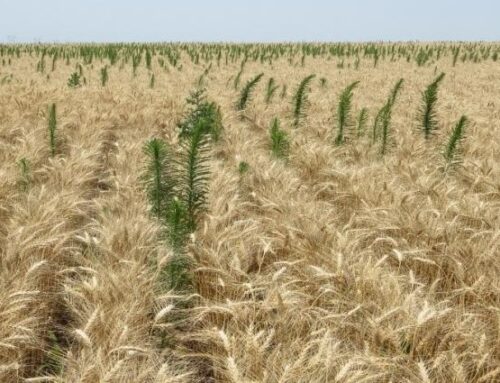
Smaller- or larger-than-normal kernels can have a big impact on yield.
The importance of the R5 growth stage for corn and kernel weight becomes obvious when you complete yield checks in your fields before harvest. You will likely use the tried-and-true yield component estimation method.
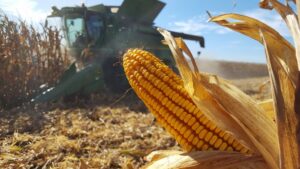 Dan Quinn, Purdue Extension corn specialist, says the method is easy to use. Select an area within the field at random and mark off 1/1,000 of an acre. In 30-inch rows, that’s 17 feet, 5 inches. Count harvestable ears. Then pull three ears at random and count rows of kernels per ear and kernels per row. Then number of ears times rows around times kernels per row gives you total kernels per ear.
Dan Quinn, Purdue Extension corn specialist, says the method is easy to use. Select an area within the field at random and mark off 1/1,000 of an acre. In 30-inch rows, that’s 17 feet, 5 inches. Count harvestable ears. Then pull three ears at random and count rows of kernels per ear and kernels per row. Then number of ears times rows around times kernels per row gives you total kernels per ear.
The final step is where lots of variation can come in, depending on what happens during grain fill, Quinn says.
“The ‘fudge factors’ used to estimate corn grain yield are based on kernel weight, or the number of kernels per 56-pound bushel,” he says. “The most common number used over time has been 90, or 90,000 kernels per 56-pound bushel.”
To get your final yield estimate, divide total number of kernels by the fudge factor. Note that some agronomists prefer to use 80 or 85 for modern hybrids, believing it gives a more realistic estimate.
 The truth is that until corn reaches black layer and final kernel size is determined, Quinn believes using a range from 65 for heavy kernels to 105 for light kernels can give you a realistic range of yield estimates.
The truth is that until corn reaches black layer and final kernel size is determined, Quinn believes using a range from 65 for heavy kernels to 105 for light kernels can give you a realistic range of yield estimates.
Note how wide that range becomes. It’s an indication of the importance of kernel weight for yield and the impacts environmental stresses can have during corn grain fill, Quinn concludes.
Study the graphic below to see how just varying the fudge factor, based on kernel size, can influence yield. Number of ears per acre, number of rows per ear and number of kernels per row do not change in the example. Only the fudge factor based on kernel size changes.
Read the original article – CLICK HERE
